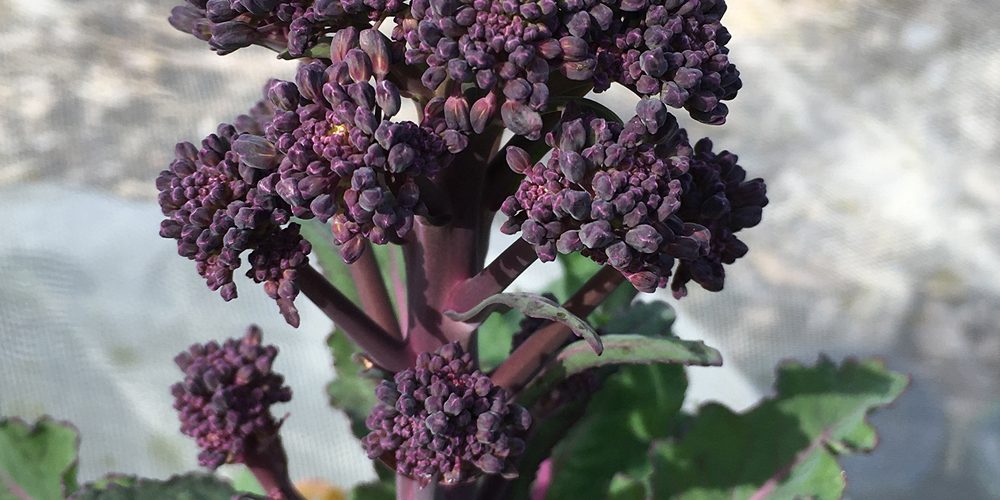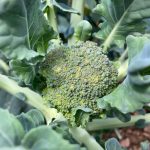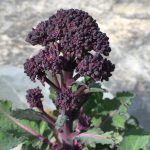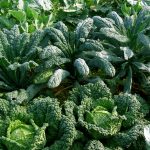How to grow... Broccoli & Calabrese
Rocket Growing Guides

Broccoli and calabrese, like the other Brassicas are really nutritious vegetables and they are nice and easy to grow in the garden. Calabrese and broccoli are from the same family and often get mixed up. Calabrese is what most of us think of when we picture a broccoli – the big, green headed veg that we were often so wary of as children, and broccoli refers to varieties like Purple Sprouting Broccoli.
- Broccoli & Calebrese Growing Guide
How to Plant Broccoli
- Choose a sunny site with deep, firm & moisture-retentive soil
- Raised beds are perfect. If growing in pots, plant one to a large, deep pot (eg 40x40cm)
- Plant 40cm apart and firm in well
- Place a brassica collar around base of stem to prevent cabbage root fly (you can do this by cutting a 10cm disc from cardboard, then cut into the centre)
- Net against pigeons and cabbage white butterflies – you could make a hoop tunnel approx. 1.5m high, and cover with insect proof mesh/net.
How to Grow Broccoli
- During dry spells, water well once or twice a week. Other than that, leave them to their own devices and they should be fine.
- May need earthing up and/or staking in strong wind if they get too tall (approx. 1.5m high)
- Autumn care: Bring a little soil up around the base of the plant, like a molehill, and pat down firmly. You could stake them if they are in a particularly windy spot.
Common Pests and Problems with Broccoli
- Cabbage root fly – stunted growth/sudden wilting – the maggots tunnel into the roots to feed and the roots start to rot. Brassica collars and fine mesh netting will help to prevent this in future.
- Eaten by caterpillars – use netting to avoid Cabbage White butterfly from laying eggs in the first place. Check foliage (underside and near stems) regularly for small white/green/yellow eggs and wipe off. Pick off caterpillars if you find them.
- Club root – stunted growth/discoloured leaves – this is a fungal disease that can’t be remedied so you will need to get rid of affected plants. Plant future brassicas in a different area of the plot to avoid re-infection in subsequent years.
- Slugs & Snails – these will all eat leaves use slug traps for slugs/snails. Beer traps work well and you may need to to do a dusk patrol with a head torch and bucket to remove slugs if they get really bad!
- Pigeons – Pigeons will eat the foliage right down to the ribs/veins. Keep plants netted if you have a lot of pigeons around.
How to Harvest and Store Broccoli
- Harvest when the main broccoli head reaches a sensible size. Thereafter you can harvest individual spears as they come through.
- Do not leave too long or the broccoli florets will start to open out and flower.
- Broccoli will keep in the fridge for a few days, but it will be better cooked and enjoyed on the same day as harvesting!
- You will see the first broccoli spear/head forming at the top of the plant. Harvest it before the florets start to open by cutting off with a knife. Afterwards, you’ll see new spears appearing on side shoots, harvest these as they reach the right size and whilst the florets are still closed.



